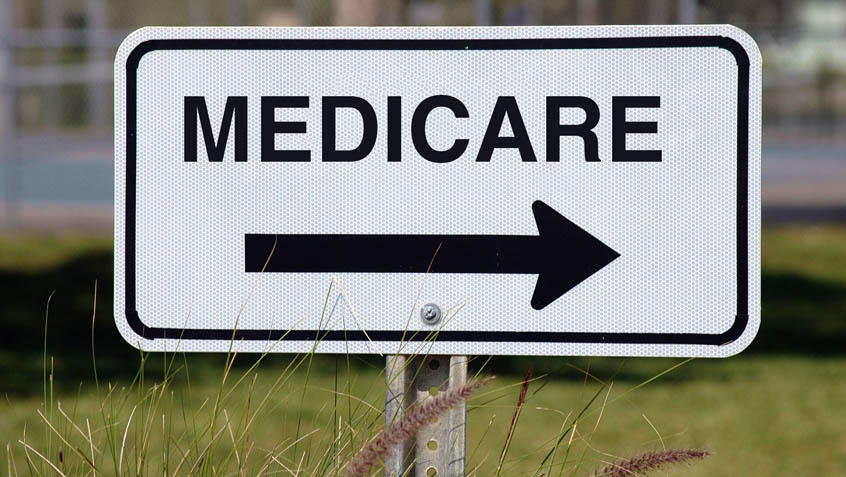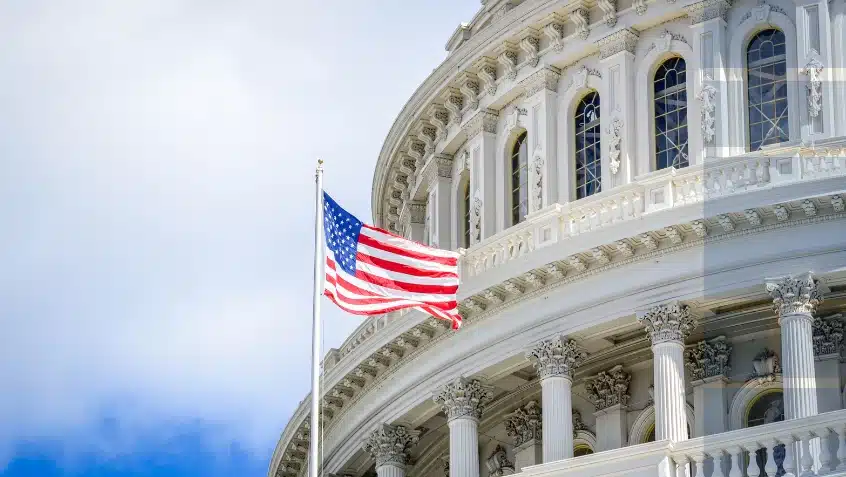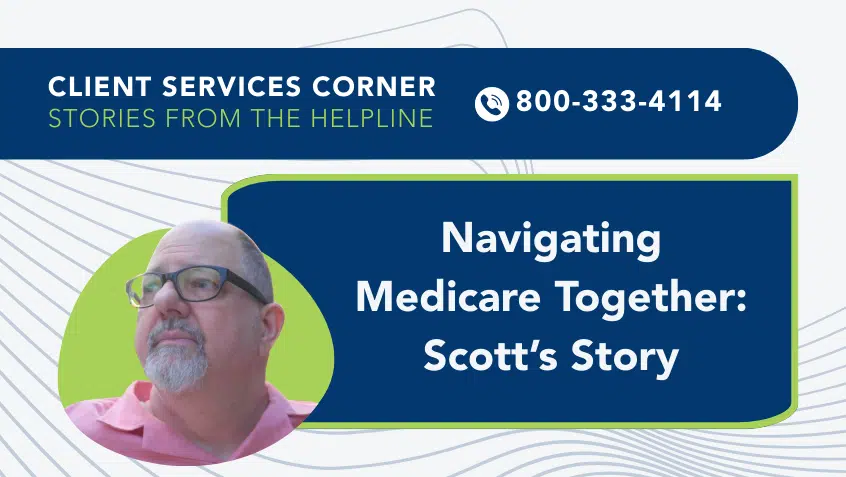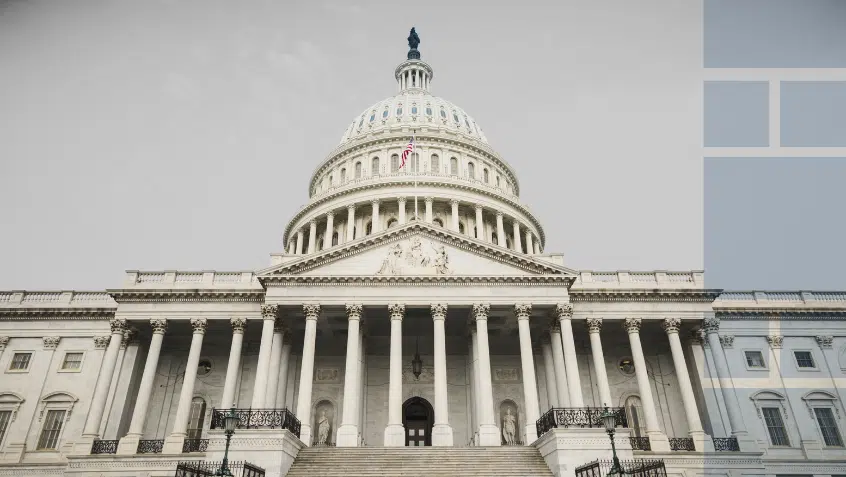Join Us Live for a Discussion on Medicare, Democracy, and the Future of Health Care
Medicare Rights Center Identifies Enrollment Gaps for People Transitioning to Medicare from Expansion Medicaid

This week, the Medicare Rights Center released a new report, Toward Seamless Coverage: Identifying Enrollment Gaps and Opportunities in Medicare Transitions for People with Expansion Medicaid, highlighting challenges that people with expansion Medicaid face when it is time for them to transition to Medicare.
After the Affordable Care Act (ACA) gave states the option to expand their Medicaid programs to cover certain low-income adults who are not eligible for Medicare, 32 states decided to cover this population. The report—developed with support from the National Council on Aging (NCOA) through a cooperative agreement from the Administration for Community Living—covers the promising practices used in some states that other states might adopt. The report also examines hurdles that states will work through in their own ways, seeking the most seamless coverage possible for millions of lower-income older adults and people with disabilities.
Whenever individuals must transition from one system to another, challenges inevitably arise. That so many states are finding promising ways to aid people in transitioning seamlessly to Medicare from expansion Medicaid is cause for optimism, but it is clear that there is much to do to improve these transitions.
Drawing on months of interviews with targeted states, Medicare Rights identified three key parts of the transition process for those moving from expansion Medicaid to Medicare, each with its own state-specific promising practices and challenges:
- Identification of expansion Medicaid beneficiaries transitioning to Medicare
- Beneficiary communications
- Determinations and redeterminations for Original Medicaid and Medicare Savings Program eligibility
The Medicare Rights Center, in its surveys and interviews with numerous states, found that improvements can be made to address these challenges. It is important, however, to keep these transitions in the proper context: the Medicaid expansion group is in its infancy, and states are still developing systems, educational methods, and protocol for helping ensure that individuals can move from expansion Medicaid to Medicare as easily as possible.
The population depending on Medicare and Medicaid continues to grow, and improvements made now will benefit individuals and their families for decades to come.
To learn more about moving from expansion Medicaid (and other Marketplace products) to Medicare in New York State, visit Medicare Interactive: https://www.medicareinteractive.org/learning-center/toolkits.
Toward Seamless Coverage: Identifying Enrollment Gaps and Opportunities in Medicare Transitions for People with Expansion Medicaid is available here: https://www.ncoa.org/centerforbenefits/promising-practices/expansion-medicaid-medicare-transitions/.
Show Comments
We welcome thoughtful, respectful discussion on our website. To maintain a safe and constructive environment, comments that include profanity or violent, threatening language will be hidden. We may ban commentors who repeatedly cross these guidelines.
Help Us Protect & Strengthen Medicare
Donate today and make a lasting impact
More than 67 million people rely on Medicare—but many still face barriers to the care they need. With your support, we provide free, unbiased help to people navigating Medicare and work across the country with federal and state advocates to protect Medicare’s future and address the needs of those it serves.
The Latest
Most Read
Add Medicare to Your Inbox
Sign up to receive Medicare news, policy developments, and other useful updates from the Medicare Rights.
View this profile on InstagramMedicare Rights Center (@medicarerights) • Instagram photos and videos









